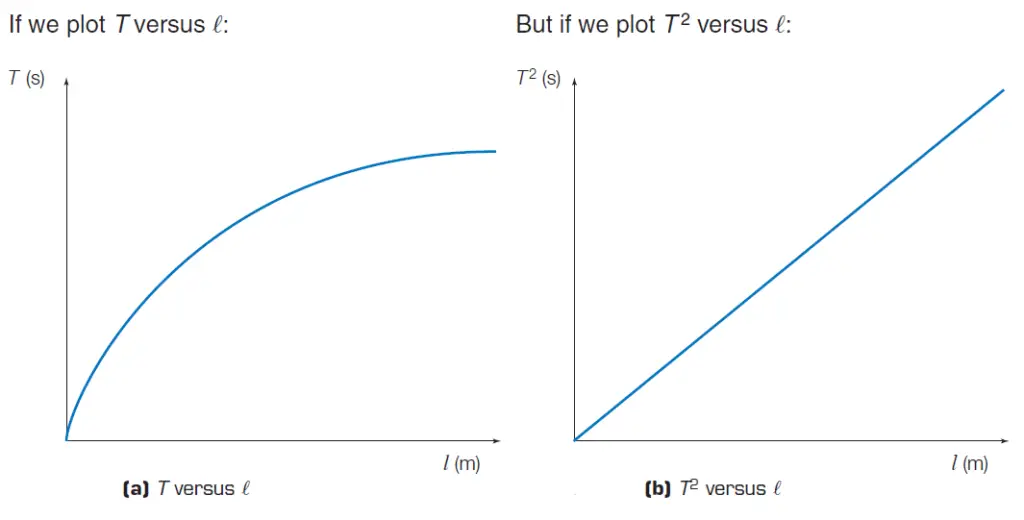Physics Lab: investigation to determine a value for acceleration due to gravity (g) using pendulum motion
This post is on Physics Lab work for performing a first-hand investigation to determine a value of acceleration due to gravity (g) using pendulum motion. This experiment is discussed extensively in order to provide an example of how students should approach experiments and how experimental data should be processed. [Caution: Students are suggested to consult Lab instructors & teachers before proceeding to avoid any kind of hazard.]
Aim (determine a value for g using pendulum motion)
To perform a first-hand investigation using simple pendulum motion to determine a value of acceleration due to the Earth’s
gravity (g).
Theory
The period of a pendulum (T) is related to the length of the string of the pendulum (L) by the equation:
T = 2π√(L/g)
Equipment/apparatus

Retort stand,
boss head, and clamp,
string and mass bob,
Stopwatch, ruler
Procedure (to determine acceleration due to gravity value using pendulum motion)

- Set up the apparatus as shown in the diagram:
- Measure the effective length of the pendulum from the top of the string to the center of the mass bob. The length should be approximately 1 m.
- Move the mass so that the string makes an angle of about 5° with the vertical. Release the bob. Use a stopwatch to record the time for 10 complete oscillations.
Note: Divide the time by 10 to calculate the period of the swings, where the period is the time needed by the pendulum for one complete swing. - Change the length of the string to 0.8 m, and then repeat step 3.
- Repeat step 4, changing the length of the string to 0.6 m and then to 0.4 m.
- Use appropriate formulae to find the period of the pendulum and the value of g (see below).
Results
Record the data in the table below following the instructions in the section above.
| Length of the string (L) (m) | Time for 10 oscillations (s) | Period (T) (s) |
|---|---|---|
| 1.00 | ||
| 0.8 | ||
| 0.6 | ||
| 0.4 |
Calculating g (acceleration due to gravity)
Now for each of the 4 records, we have to calculate the value of g (acceleration due to gravity)
Now see, how to calculate and what formula to use.
we know, T = 2π√(L/g)
=> T2 = (2π)2 (L/g)
=> T2 = 4π2 (L/g)………… (i)
=> g = 4π2 L / T2 …… (ii) [equation to find g]
Substitute each set of period (T) and length (L) from the test data table into the equation, and calculate g. So in this case for four data sets, you will get 4 values of g. Then take an average value of the four g values found. Thus you get the value of g in your lab setup.
Graph plotting from the test data ( T vs L and T2 vs L)

